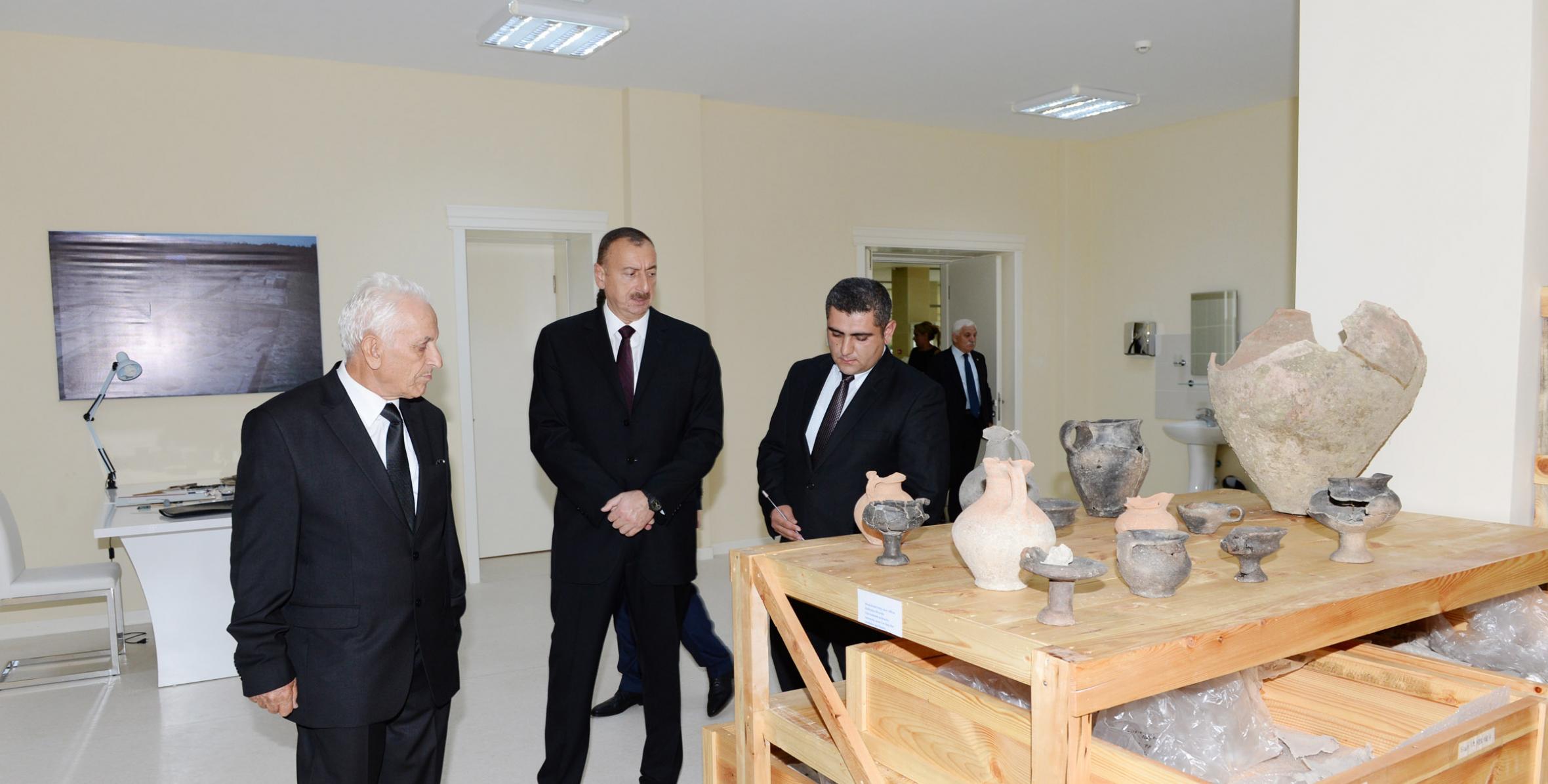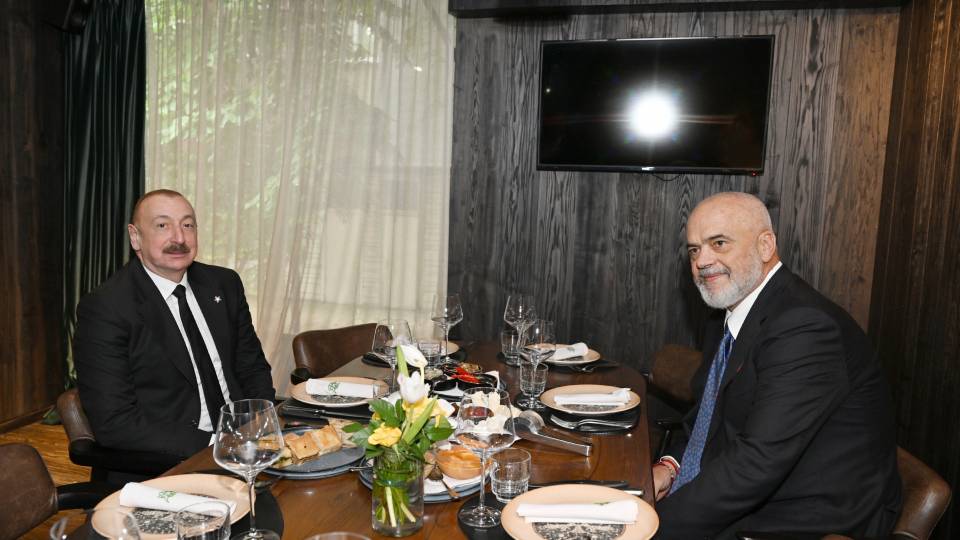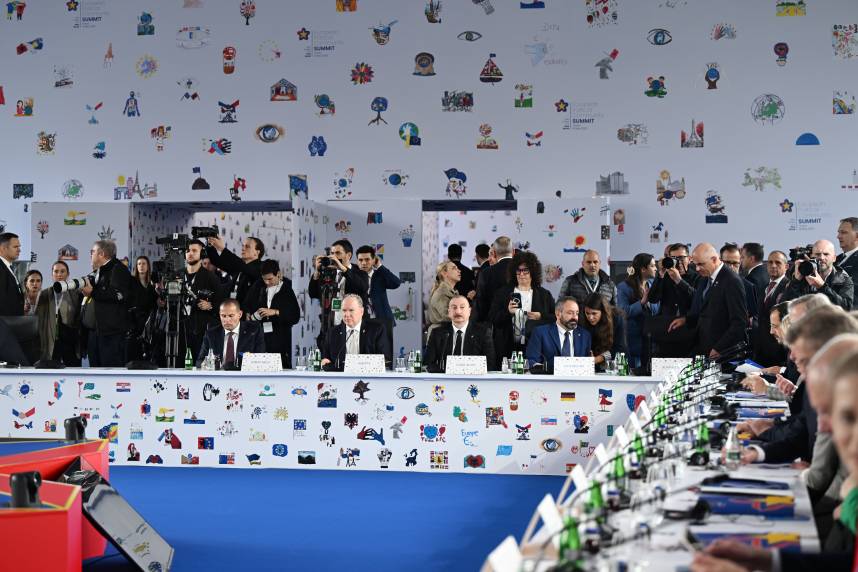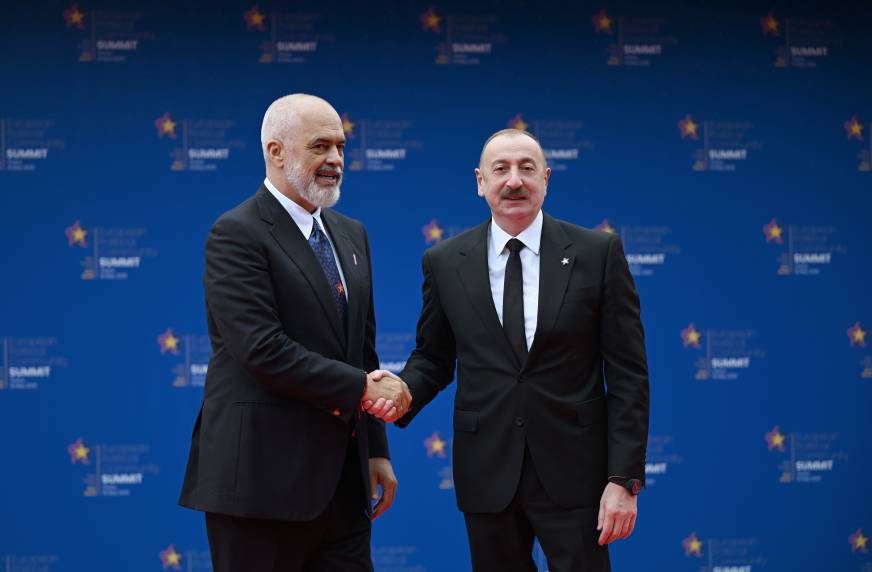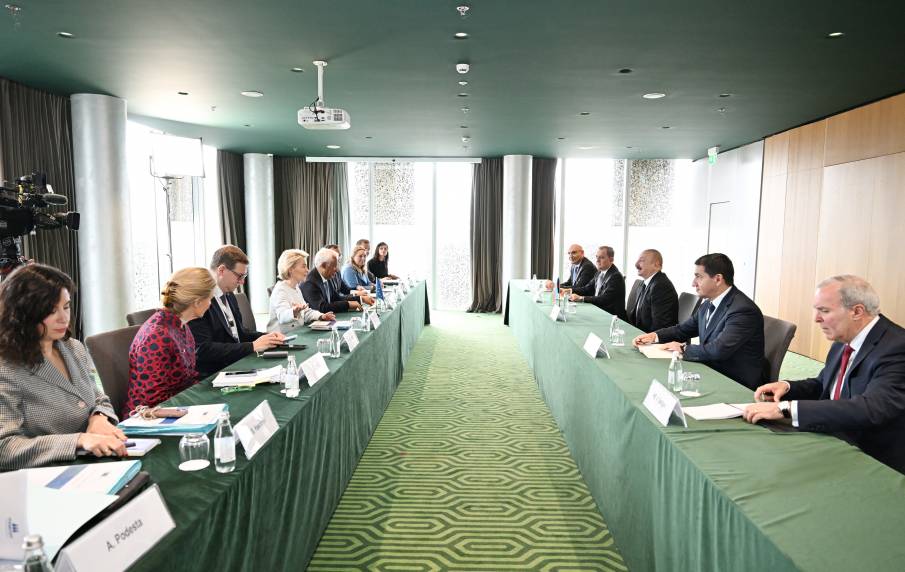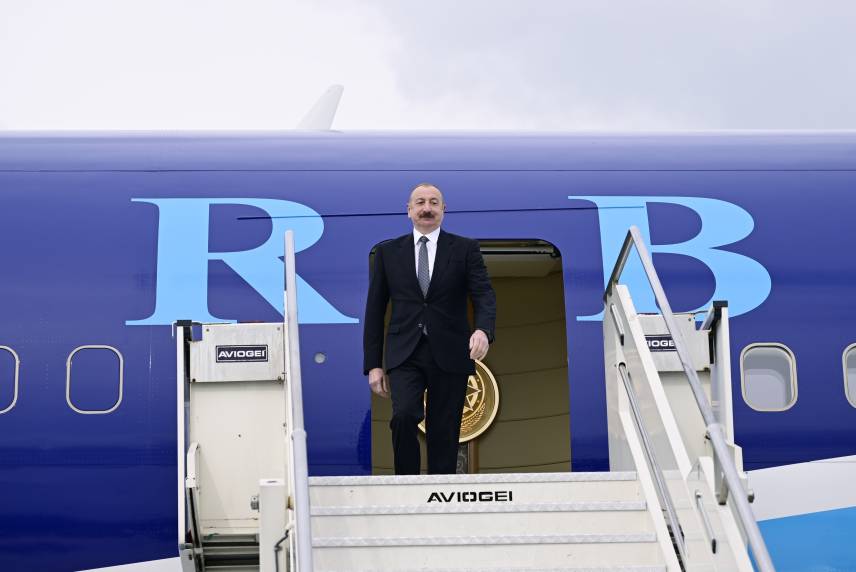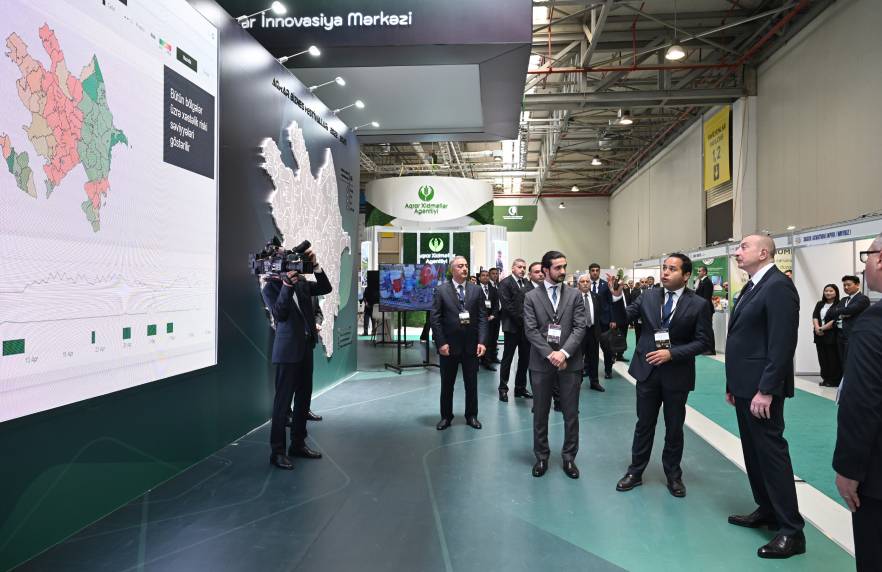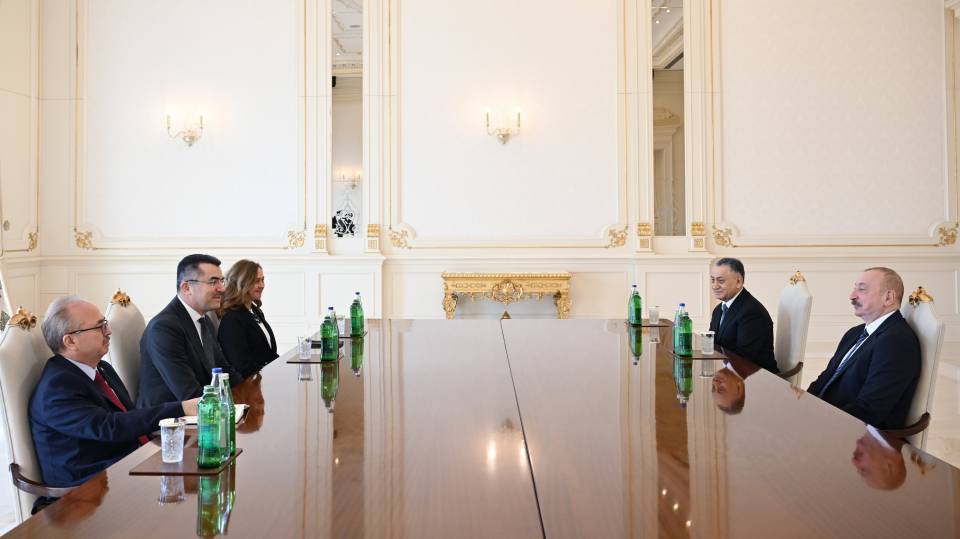President of the Republic of Azerbaijan Ilham Aliyev has attended the opening of the Gabala Archeology Center.
Archeological excavations put in place over many years in ancient regions of Azerbaijan have continued even today, opening interesting chapters of our mysterious history to the world. Gabala, a prominent site of excavations, was the capital of the Caucasian Albania for almost 800 years.
Archeological studies have been carried out in this region since 1926 with some intervals and since 1959 continuously. The work done in recent years by the SEBA, Azerbaijan-Korea Cultural Exchange Association, plays a crucial role in discovering the rich history of Gabala. As a result of archeological studies carried out by Azerbaijani scientists together with Korean specialists in recent years, new undiscovered chapters of the history of Gabala emerged. It is possible to get familiar with the Gabala Archeology Center built with the support of the SEBA.
The head of state cut the ribbon to open the center.
Corresponding member of the Azerbaijan National Academy of Sciences and head of the Gabala archeological expedition Ilyas Babayev briefed President Ilham Aliyev on the progress achieved so far. It was noted that the three-storey building of the Gabala Archeology Center has a show room, an archeological collection, a restoration lab, a conference hall and study rooms for archeologists. The office of the Gabala state historical-artistic reserve will be functioning here too.
President Ilham Aliyev reviewed the show room of the center.
The rich collection of items once more confirms that the historical past of Gabala is as rich as its nature and forms one of the brightest chapters of the history of Azerbaijan. When we talk about this region, the first thing that comes to mind is the town of Gabala, which had been the capital of the ancient Caucasian Albania for a long period, as well as its grand fortress walls. The ancient town of Gabala located 20 km south-west of the regional center, north-east of the Chukhur Gabala village, at the watershed of Jorlu and Gara rivers, is compared for its importance as a political, economic and trade center to such world-renowned cities as Babylon, Troy, Pompei, Carthage and others. As a result of many years of archeological studies, ruins of big buildings, fortress walls dating back to the ancient period, material-cultural monuments associated with manufacturing and handicraft trade were discovered.
Roman scholar Pliny the Elder who lived in the 1st century AD, in his work Naturalis Historia, called the 2400-year-old town of Gabala located on the ancient Silk Road as Kabalaka. Greek geographer Ptolemy called Gabala Khabala, while Arab historian Belazuri as Khazar. Azerbaijani scholar Abbasgulu Aga Bakikhanov in his work “Gulustani-Irem” for the first time indicated that Kabala or Khabala is Gabala. Thus, the town of Gabala, which bravely repulsed fierce attacks of foreign invaders who had centuries-old claims on Azerbaijani lands, remained in history as an unassailable and impregnable fortress. This factor was instrumental in the emergence of rich material-cultural monuments in the town. The GabalaArcheology Center is a unique place for studying the historical past and present of the town, preserving and handing it down to future generations.
It was noted that the Gabala archeological group of the ANAS institute of Archeology and Ethnography and Korean archeologists carry out joint excavations with the support of SEBA. The archeological excavations are put in place largely at the site of the ancient town of Gabala, the territories of Selbir and Gala. The exhibition features about 1,500 items discovered during excavation. The items found are put on display at the Archeology Center after restoration in the labs equipped with the most sophisticated technologies. Periodical reports and books of finds were published on the items discovered.

